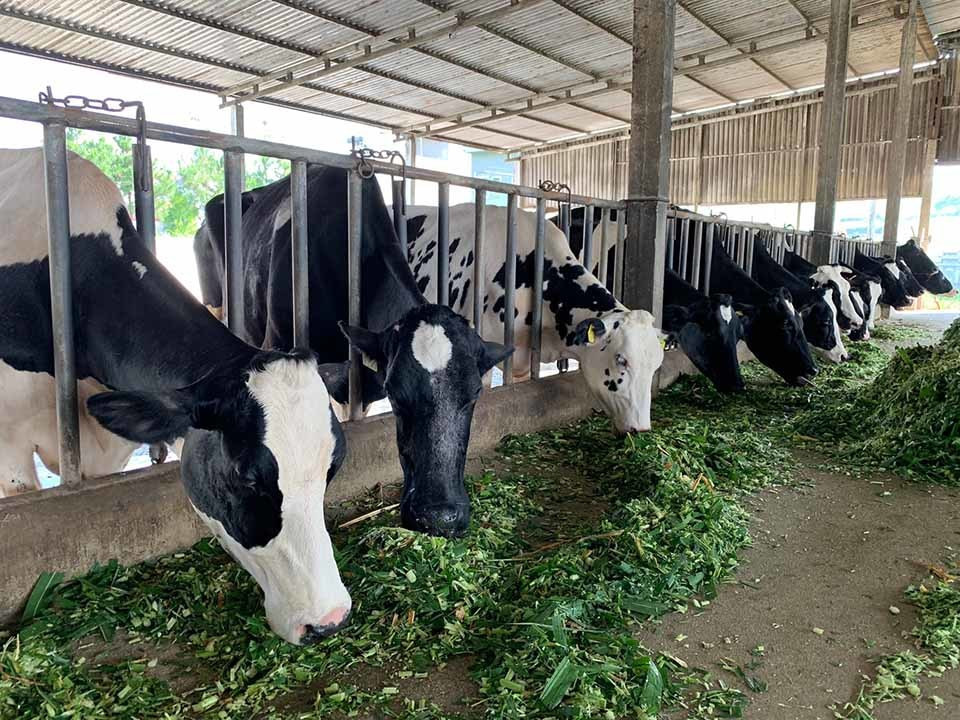
The global food system is a major contributor to the climate crisis, accounting for about one-third of total greenhouse gas emissions.
According to the Food and Agriculture Organization (FAO), livestock farming alone accounted for about 12% of global emissions in 2015. Greenhouse gas emissions from livestock primarily come from methane produced by the rumen of ruminants and CH4 and N2O from animal manure.
Denmark, a top exporter of pork and milk, has agriculture, particularly livestock farming, as its largest source of carbon emissions. To reduce these emissions, the Danish government has decided to apply a carbon emission tax to the agricultural sector. Starting in 2030, farmers will need to pay a tax of 672 krone per year (about $96) for each cow they own.
With this decision, Denmark becomes the first country in the world to apply a carbon emission tax in the agricultural sector. The purpose of this tax is to encourage the livestock industry to find solutions to reduce greenhouse gas emissions.
Research indicates that, on average, a dairy cow in Denmark emits about 5.6 tons of CO2 equivalent per year. From 2030, the carbon emission tax will be $96 per cow per year, increasing to $241 per cow per year in 2035.
In Vietnam, there are about 28-29 million pigs, 2.3 million buffaloes, 6.7 million cows (including dairy cows), and 2.9 million goats and sheep. Livestock is the second largest greenhouse gas emission sector in agriculture.
In the Draft Decree amending Decree No. 06/2022/ND-CP dated January 7, 2022, which regulates greenhouse gas emission mitigation and ozone layer protection, the Ministry of Natural Resources and Environment has included the livestock industry (pigs, cows) in the list of establishments required to inventory greenhouse gases.
According to Vietnam's nationally determined contribution, the potential for emission reduction measures related to the livestock sector over the 2021-2030 period is 152.5 million tonnes of CO2 equivalent, accounting for 54% of the total emission reduction potential of the agricultural sector.
The 2016 survey results show that emissions from ruminant rumen accounted for the highest proportion, with 444,000 tonnes of CH4 (equivalent to 12.42 million tonnes of CO2e), followed by emissions from animal manure including 11,000 tonnes of N2O (equivalent to 2.97 million tonnes of CO2e) and 112,000 tonnes of CH4 (equivalent to 3.13 million tonnes of CO2e).
According to the emission coefficients for greenhouse gas inventory published by the Ministry of Natural Resources and Environment at the end of 2022, among animals that emit methane from the rumen, dairy cows emit about 78kg of CH4 per head per year, buffaloes about 76kg of CH4 per head per year, beef cattle 54kg of CH4 per head per year, horses 18kg of CH4 per head per year, goats and sheep 5kg of CH4 per head per year, and pigs 1kg of CH4 per head per year.
Under the draft decree, farms with 3,000 pigs regularly or 1,000 cows or more will have to conduct greenhouse gas inventories. This requirement means more than 4,000 pig and cow farms will need to comply.
After completing the greenhouse gas inventory, businesses and farms will need to reduce emissions according to the assigned quota.
To date, associations and businesses have proposed excluding the livestock sector from mandatory greenhouse gas inventories, suggesting that participation should be voluntary instead.
Tam An